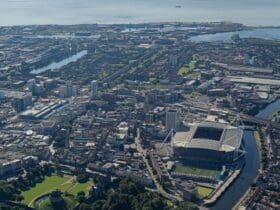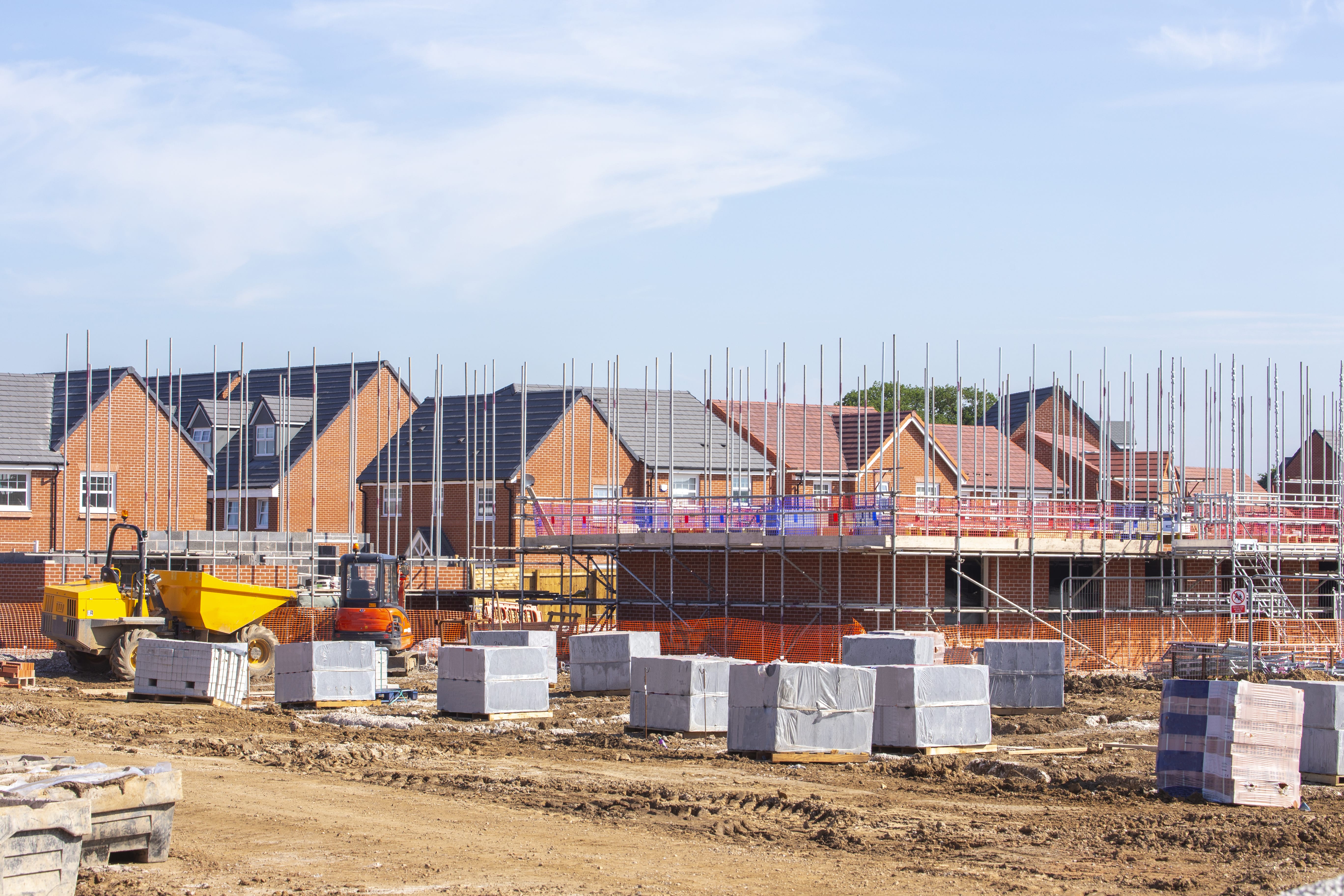Designing a product is not the same as designing its user experience. Though there are similarities, the two disciplines have different goals and require different skills. To create a great product, you need to understand both product design and UX design.
What is the product design?
At the very beginning of a product’s life cycle, there is the idea for the product. This can be a new device or software app, or even a service that your company plans to offer. Once you have an initial concept, you need to figure out how this product will work and what it will do once it’s complete.
Responsibilities for product design include:
- Defining core features and capabilities of the product
- Researching customer needs and competitive products
- Developing prototypes to test new ideas
- Creating detailed product specifications and documentation
As you can see, product design is all about the big picture. It involves thinking about the overall goals and functionality of the product, as well as how it will be used by both customers and employees.
What is UX design?
User experience design, or UX design, is the process of designing a product with the user in mind. It involves understanding what your customers need and want from your product and then designing it in a way that makes those needs and wants easy to achieve. This requires extensive research into your customers’ behaviors and needs, as well as an understanding of how people think and interact with technology.
UX designers are often responsible for the:
- Conducting user research and interviews
- Creating personas, journey maps, and other design artifacts
- Designing wireframes and prototypes to test with users
- Designing the visual look of the product or website
Also, you can hire a UX design company, which usually consists of a team of designers, researchers, and developers. Together, they work to create the best possible user experience for your product. This often involves testing prototypes with users and getting their feedback on what works and what needs improvement. There are articles like this out there that also talk about this in detail.
So how are product design and UX design similar?
There is a lot of overlap between the two disciplines including:
- Both focus on meeting the needs of the user.
- Both require extensive research, testing, and iteration to ensure that all aspects of the product are working well.
- Both involve creating visual designs for things like interfaces, icons, and other elements.
However, there are also some key differences between the two disciplines:
- One major difference is that product design focuses on the actual design of the product itself, including its look and feel. In contrast, UX design focuses more on the user experience and how users interact with the product, such as through its interface and functionality.
- Another key difference is that product design requires a deep understanding of engineering and manufacturing processes, while UX design requires a greater understanding of human psychology and technology.
- Also, product design is typically more concerned with the business aspects of a product, such as its cost, feasibility, and marketability. In contrast, UX design is typically focused on meeting user needs and creating an enjoyable experience for users.
Despite these differences, product designers and UX designers must work together to create successful products that provide the best possible experience for users. Whether you are working with a large company or starting your own business, it is important to understand both product design and UX design to create.


How to become a product designer or a UX designer?
There are several different paths you can take to become a product designer or a UX designer. One option is to pursue an undergraduate degree in design, engineering, or another relevant field. This will give you the technical skills and knowledge needed to design products that meet customer needs and are feasible from a business perspective.
Another option is to pursue a graduate degree in design or UX design. This will give you more advanced training and allow you to specialize in either product design or user experience. There are also many online courses, boot camps, and certifications that can help you build your skills and knowledge in this area.
Big tech companies often offer internships or apprenticeships for aspiring designers, so that can be another great way to gain experience and get your foot in the door in this field. Also, big companies have their courses and programs for training designers.
Whatever path you choose, it is important to be passionate about your work and always stay up-to-date on the latest design trends, tools, and best practices. This will help you create products that users love and continue to grow as a successful product designer or UX designer.
Money question
Salaries for product designers and UX designers vary depending on several factors, including your level of experience, the type of company you work for, and the specific role you are in. As a general rule, though, product designers tend to earn more than UX designers.
In addition, salaries typically increase over time as you gain more experience and expertise in this field. So if you are just starting, it is important to be patient and focus on building your skills and knowledge rather than on earning a high salary right away.
Overall, product designers and UX designers play an essential role in how successful a product is in meeting customer needs and providing a great user experience.
How to choose which type of designer you need for your project:
If you are looking to create a new product or service, it is important to consider whether you need a product designer or a UX designer. Ultimately, the type of designer that is right for your project will depend on your goals and the needs of your users.
For example, if you are developing a new technology product such as a smartphone or an app, you will likely need a product designer who has in-depth knowledge of engineering and manufacturing. This person can help ensure that your product meets the technical requirements needed to function properly, while also taking into account user needs and feedback throughout the design process.
Alternatively, if you are working on a website or software program, you may benefit more from working with a UX designer. This type of designer can help you better understand your users and the user experience, as well as design an interface that is intuitive and easy to use.
Ultimately, it is important to work closely with your team or hire consultants who have experience working in both product design and UX design. By doing so, you can ensure that your product delivers the best possible user experience, regardless of whether it is a physical product or a digital one.
Final Words
At the end of the day, whether you need a product designer or a UX designer will depend on your goals and the needs of your users. However, it is important to work closely with both types of designers to create a successful product that meets user expectations and provides an enjoyable experience for all involved.







Leave a Reply
View Comments